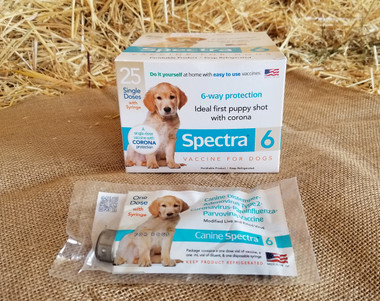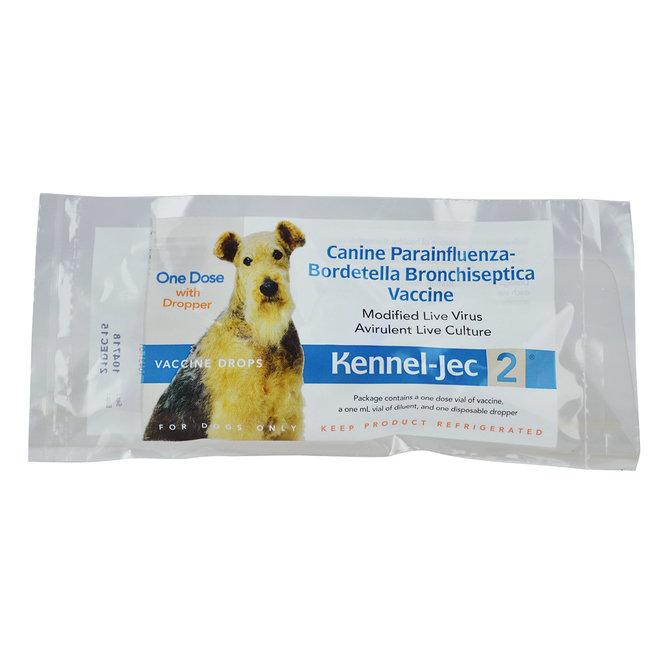

Annual revaccination with a single dose is recommended. All dogs over 12 weeks of age should initially receive one dose of Spectra® 10 and a second dose 2 to 3 weeks later. Puppies should be revaccinated every 2 to 3 weeks until at least 16 weeks of age. The presence of maternal antibody is known to interfere with the development of active immunity. A recommended vaccination schedule should start at or about 6 weeks of age. If blood enters the syringe freely, choose another injection site. IMPORTANT NOTE: Before injecting vaccine, pull back slightly on syringe plunger. Do not inject directly into blood vessel.
#Canine spectra 10 dog vaccine skin
Lift the loose skin behind the neck or behind front leg and insert needle. Thoroughly prepare injection site with antiseptic. Withdraw entire contents into the syringe. Prepare the vaccine by injecting the diluent into the vial containing the desiccated vaccine cake. Open syringe by twisting or tapping the cap against a hard surface to break the heat weld.


The dosage is 1 mL injected subcutaneously.The dosage is 1 mL injected subcutaneously. Annual revaccination with a single dose is recommended.ĭo-it-yourself at home vaccines. See label for complete directions and precautions. Why is a single, initial dose of killed (inactivated) rabies vaccine able to immunize a dog, whereas 2 doses (2 to 4 wk apart) are required for all other killed vaccines?Īll canine rabies vaccines licensed in the United States and Canada are inactivated (killed) vaccines.Conventionally, 2 sequential doses of an inactivated vaccine, administered 2 to 4 wk apart, are required to immunize (e.g., leptospirosis, Lyme disease, canine influenza virus). Like other inactivated vaccines, the initial dose of a rabies vaccine serves as the “priming” dose. If a dog, after having received only 1 dose of rabies vaccine, is subsequently exposed to virulent rabies virus, exposure to the virulent virus then serves as the second, or immunizing, “dose.” Because the onset of signs of rabies is slow (weeks to months) following exposure there is adequate time for a protective, humoral immune response to develop. In locations that require dogs to be vaccinated against rabies, can a licensed veterinarian exempt the requirement to administer a rabies vaccine if the patient is sick or there is a risk that doing so may result in an adverse reaction or otherwise cause injury to the patient?.įor this reason, rabies infection in vaccinated dogs/cats, even among those having received a single dose, is exceptionally rare.Point-of-care exemptions of the rabies vaccination requirement are NOT authorized in most states (for information on your state see: Within states and jurisdictions that require rabies vaccination of dogs, unless rabies vaccination exemption authority is specifically defined by state statute or regulation, rabies vaccine must be administered at the appropriate interval regardless of the dog’s age or state of health.Ĭurrently a small number of states do grant point-of-care rabies vaccination exemption authority to veterinarians. Some states/jurisdictions allow exemptions but only with the approval of a designated Public Health official (usually a veterinarian). Exemptions may be allowed in the event an individual dog is determined to be sufficiently ill or if rabies vaccination poses a potential threat to life.


 0 kommentar(er)
0 kommentar(er)
